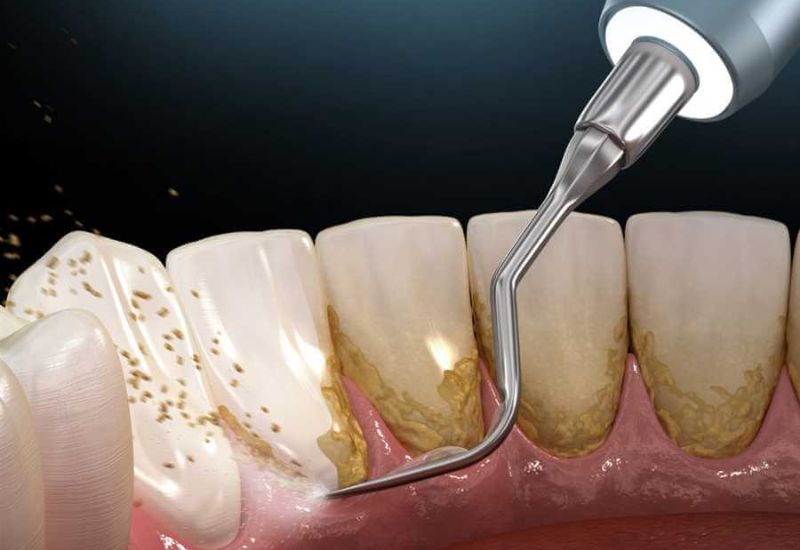Many believe tartar only forms on the inner surfaces of teeth, doesn’t impact aesthetics, or isn’t painful. Some may think removing it isn’t necessary since it reaccumulates over time. However, these are misconceptions that underestimate the potential impact of tartar on oral health. Here’s why regular tartar removal is a critical part of dental care.
1. How Tartar Forms
Tartar, or dental calculus, forms when plaque on your teeth hardens over time. When food particles aren’t thoroughly removed from the teeth, they can calcify, leading to tartar formation. Even with diligent brushing, flossing, and mouthwash use, few people can completely avoid tartar buildup, as it often adheres to hard-to-reach areas. Tartar can range from an off-white to a deep yellow color, depending on diet and lifestyle factors like smoking.
Once tartar hardens on your teeth, only a professional can effectively remove it. DIY methods are not recommended, as improper tools or techniques can damage your teeth and gums. This is why regular tartar removal by a dentist is crucial for thorough dental care.

Tartar removal requires specialized tools and equipment.
2. Reasons for Regular Tartar Removal
Contrary to common misconceptions, tartar buildup isn’t just an aesthetic issue or something that doesn’t affect dental health. Here are some of the health risks that can arise from ignoring regular tartar removal:
2.1 Prevents Oral Diseases
Tartar is a major contributor to tooth decay and gum disease. It provides a breeding ground for bacteria, which produce acids that erode tooth enamel and irritate gums. The presence of tartar can lead to:
– Gingivitis: Early signs include red, swollen, and bleeding gums. In cases of gingivitis due to tartar, a professional regular tartar removal session can help reverse symptoms by reducing bacterial buildup.
– Periodontitis: This more severe gum disease occurs when gingivitis is left untreated. Periodontitis weakens the tissues and bone structures that support your teeth, potentially leading to tooth loss. Additionally, advanced infections can affect the jawbone, causing jawbone inflammation.

Long-standing tartar buildup can lead to gingivitis and periodontitis.
2.2 Improves Dental Hygiene
Tartar can accumulate along the gum line and between teeth, making it harder to clean these areas thoroughly. Even with daily brushing and flossing, tartar buildup can trap food particles, increasing the risk of decay. Regular tartar removal helps maintain cleaner tooth surfaces and prevents the further formation of plaque and tartar. Without this care, even diligent oral hygiene practices can’t entirely reach the areas tartar accumulates.
2.3 Enhances the Appearance of Teeth
Over time, tartar can become highly visible as it collects along the gum line. Tartar stains easily from colored foods and tobacco, leading to yellow or brown discoloration. This can detract from the brightness of your smile, making your teeth look less clean and less healthy. Regular tartar removal by a dental professional can restore a cleaner and more attractive appearance to your teeth, helping boost confidence in social and professional settings.

Regular dental tartar cleaning helps maintain long-term oral health and a beautiful smile.
2.4 Reduces Bad Breath
Tartar buildup is a leading cause of persistent bad breath. The bacteria in tartar release foul-smelling compounds as they break down food particles trapped in the calcified deposits. Not only can this create an unpleasant odor, but it also impacts one’s self-confidence in social interactions. By scheduling regular tartar removal, you can address the source of bad breath, ensuring a fresher, healthier mouth.
3. Conclusion
Neglecting regular tartar removal can have numerous negative impacts, from aesthetic issues like tooth discoloration to serious health risks, such as gum disease and bad breath. Dental professionals generally recommend scheduling tartar removal once or twice per year to support dental hygiene and prevent issues like cavities and gum inflammation.
If you have any questions about regular tartar removal or need assistance finding dental services, don’t hesitate to reach out to a reputable clinic for advice on maintaining your oral health








